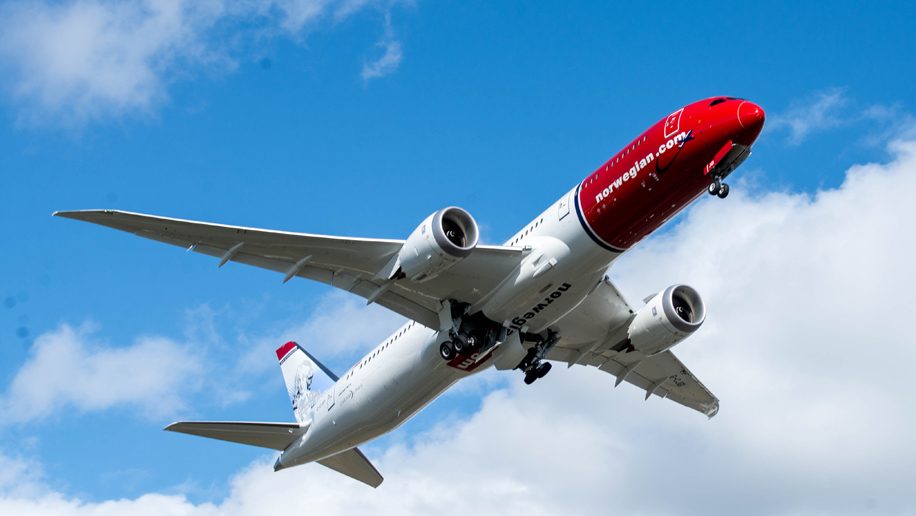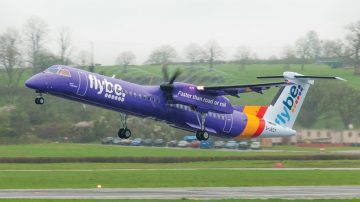
Low-cost carriers are providing serious competition to traditional airlines in the all-important transatlantic market, reports Alex McWhirter.
As I write these words in late September, investment bank Morgan Stanley has downgraded British Airways owner IAG. Why? Because the outlook for traditional airlines plying the Atlantic has seldom been gloomier.
Back in 1977, Sir Freddie Laker’s Skytrain broke the transatlantic cartel of British Airways, Pan Am and TWA by ushering in a low-fares revolution. One-way tickets from London Gatwick to New York JFK with Skytrain cost £59 on a first come, first served basis. At the time, I remember people from the regions travelling to London on overnight trains and buses so they could obtain a good place in the queue at Victoria station.
Laker was followed a few years later by US low-cost carrier People Express – I remember buying a Gatwick-New York Newark flight (with confirmed seats) in September 2004 for about £130 return. Bear in mind that taxes, fees and charges in those days were just a few dollars.
Back then, it was thought that low transatlantic fares were here to stay. But we were wrong. Skytrain and People Express messed up their sums. Both failed for a variety of reasons, one of which included predatory pricing by rivals. For decades thereafter, cheap fares were only available if you travelled out of season and met restrictions. Those fairly flexible Skytrain/People Express fares never returned.
Some 30-plus years later, it’s all change. The environment for budget airlines is benign. Low fuel prices, liberal aviation treaties and the advent of smaller, more economical aircraft mean the low-cost carriers (LCCs) and other budget operators have returned in a big way.
Quoted on proactiveinvestors.co.uk, Morgan Stanley says: “A new generation of carriers is taking on the legacy [traditional] groups with a fresh twist on the low-cost, long-haul model. The rise of Norwegian, as well as the likes of Wow Air and Westjet, has forced the hand of the legacy carriers on both sides of the Atlantic into adapting their own business model to suit this new reality.”
According to Morgan Stanley, the final quarter of this year points to a 30 per cent year-on-year capacity increase across the Atlantic, which for most airlines is their most profitable area of operation. BA is particularly exposed as transatlantic is its most profitable area of operations, generating a large share of its revenue.
ECONOMIES OF SCALE
It is the new generation of narrow-body aircraft capable of flying long-haul – the B737 MAX 8 and the forthcoming A321LR NEO – that are providing LCCs with cost advantages. So how are their rivals responding? Rightly or wrongly, they are answering the challenge by downgrading economy class standards in a bid to match the LCCs.
September saw a further economy class downgrade. IAG’s Aer Lingus followed in the footsteps of TAP Portugal in launching a basic “Saver” hand baggage-only fare with the elimination of some frills. Onboard catering, for now at least, is still provided. (Normal “Smart” economy fares remain on sale but at a slightly higher price.) Such hand baggage-only fares are commonplace within Europe but are now being extended to long-haul routes.
American Airlines, the joint venture partner of British Airways, is likely to follow. In a series of media interviews in August, Don Casey, AA’s senior vice-president of revenue management, indicated that the airline was seriously considering introducing these basic economy fares. They could be applied as early as next year, Casey indicated. If that is the case, then, as we have seen with hand baggage tariffs within Europe, we can expect others to follow.
Slightly lower hand baggage fares give airlines a better display in the all-important booking systems. This matters a lot because the airline with the headline price gets the business. What must worry the traditional carriers is that younger travellers – the generation that will fill airline seats in the future – have warmed to LCCs and their no-frills policies.
Younger travellers tend to fly more than the older generation and have readily adapted to hand baggage fares, even for long-haul. That is why, I believe, traditional airlines are copying the LCCs rather than devising something different.
WINDS OF CHANGE
Are the low-cost carriers threatened? It’s doubtful. Like Sixth Freedom airlines (which have the right to fly from a second country to a third country provided they make a stop in their own country), they are creative and stay one step ahead of the game. They are adding services not only to main gateways but to secondary or hinterland cities, too.
These new departure and arrival points are on both sides of the Atlantic. So we see Norwegian launching B787 services to Seattle, Denver and Austin, and flying transatlantic from Edinburgh and Belfast with B737 MAX jets to smaller airports well-placed between New York and Boston.
The Icelandic carriers capitalise on their country’s geographical location to provide dozens of links between Europe, the Nordic countries and North America. While flight times are lengthier (there’s a plane change in Reykjavik), Icelandair and Wow Air operate to and from many regional airports, making it convenient for locals.
Over the past couple of years, the rise of these airlines has been an unsung story. Icelandair grew out of Loftleidir (which started transatlantic service in 1952) so it has staying power. Although it has been around for decades, it is only in the past few years that its network has expanded to serve some 20 North American destinations from a wide range of cities on this side of the Atlantic.
Icelandair will start to take delivery of B737 MAX 8 aircraft in February. Chief executive, Birkir Holm Gudnason, says: “The MAX will add flexibility in terms of adding service to new destinations, making it possible to operate markets all year round that we have not been able to do on larger aircraft. Cleveland [starting next year] is a good example.” Last month, Icelandair also announced hand baggage-only fares.
With their premium classes, both Norwegian and Icelandair are good options for cost-conscious business people. Norwegian’s B787s are in a two-class configuration, although its B737 MAX 8s are one class. Icelandair has conventional classes (economy, Economy Comfort, Saga Class) on its B757s and this configuration will be carried over to its B737 MAXs.
The budget airlines are making all the running. And as we have seen in Europe, the traditional carriers haven’t yet devised an effective response. What can go wrong? A hike in fuel prices, overcapacity (too many seats chasing too few passengers) and any future economic downturns are issues that could upset the apple cart.
Consumers will be hoping that the operating environment remains benign.












